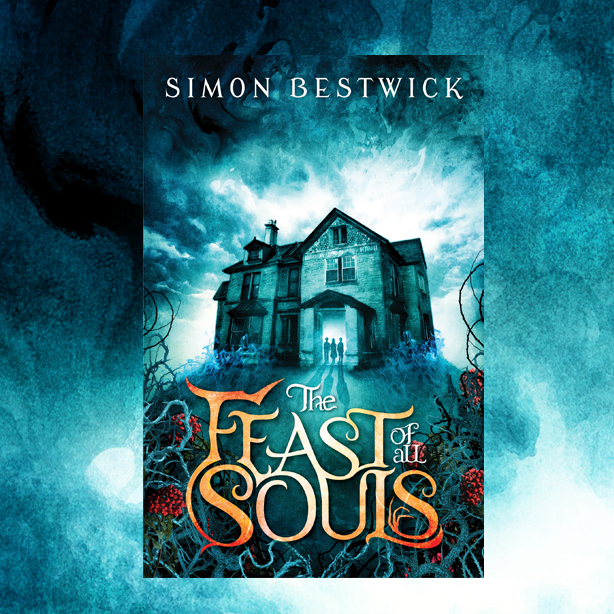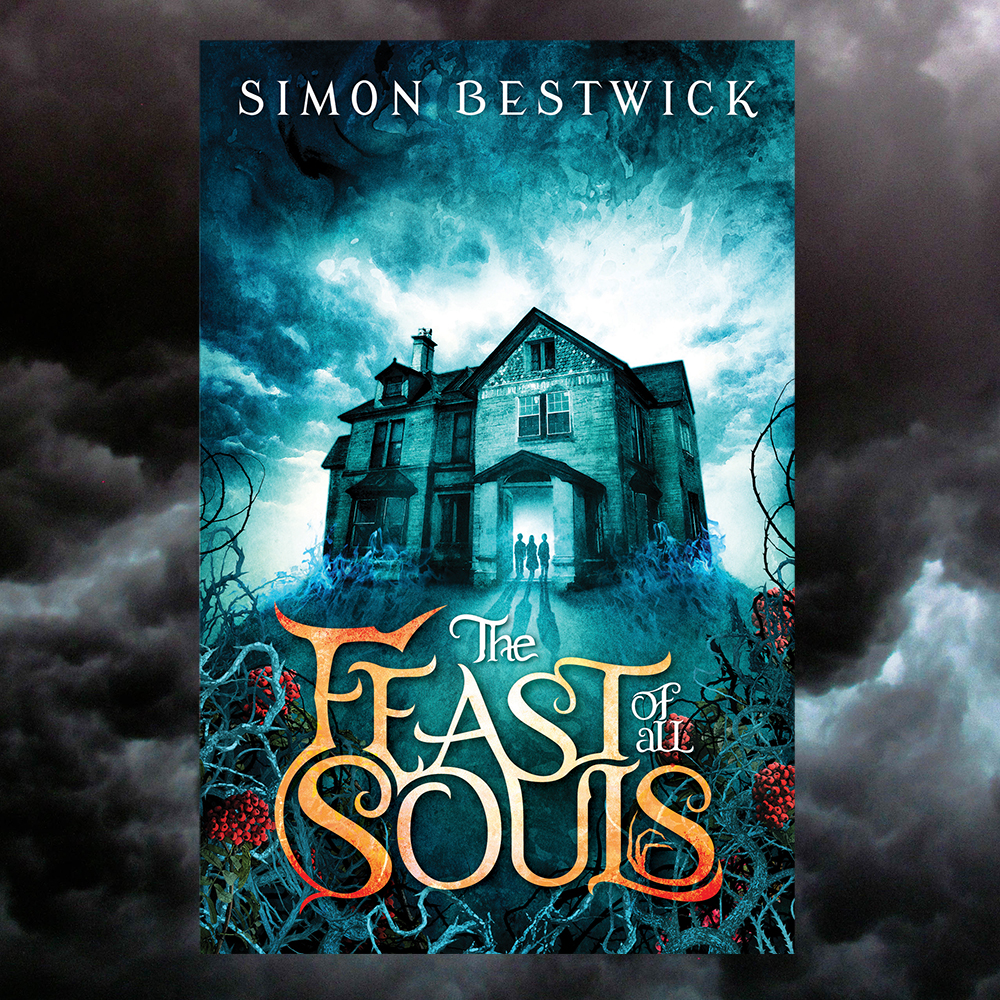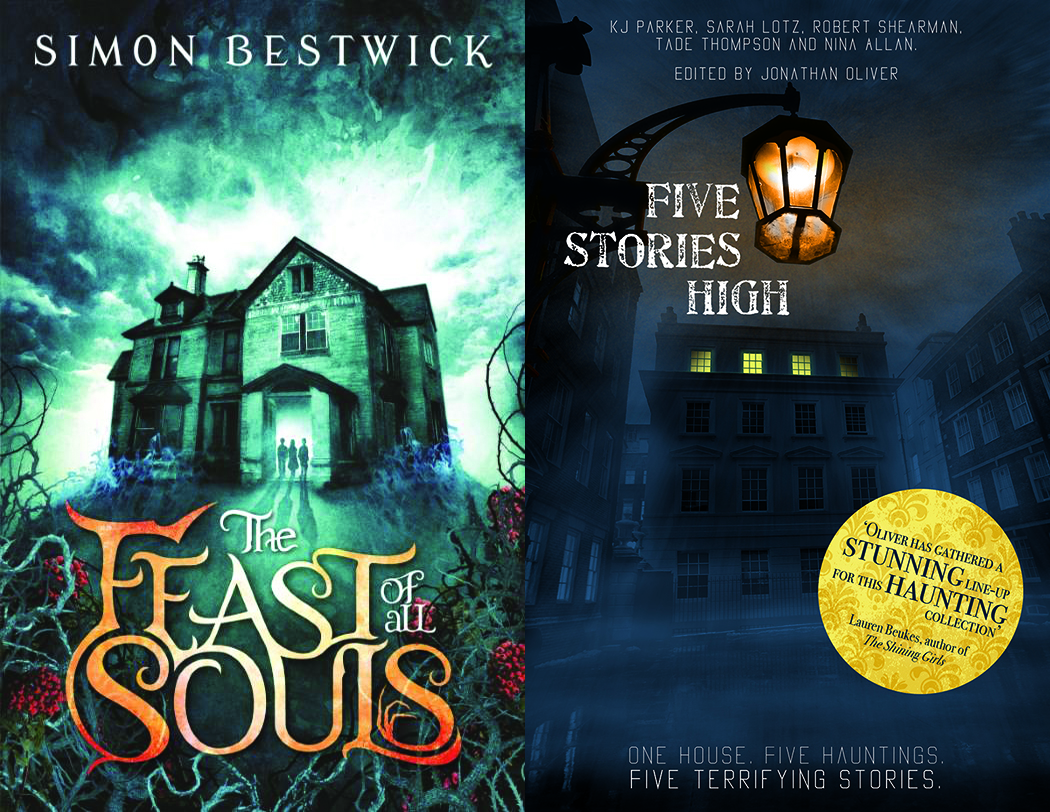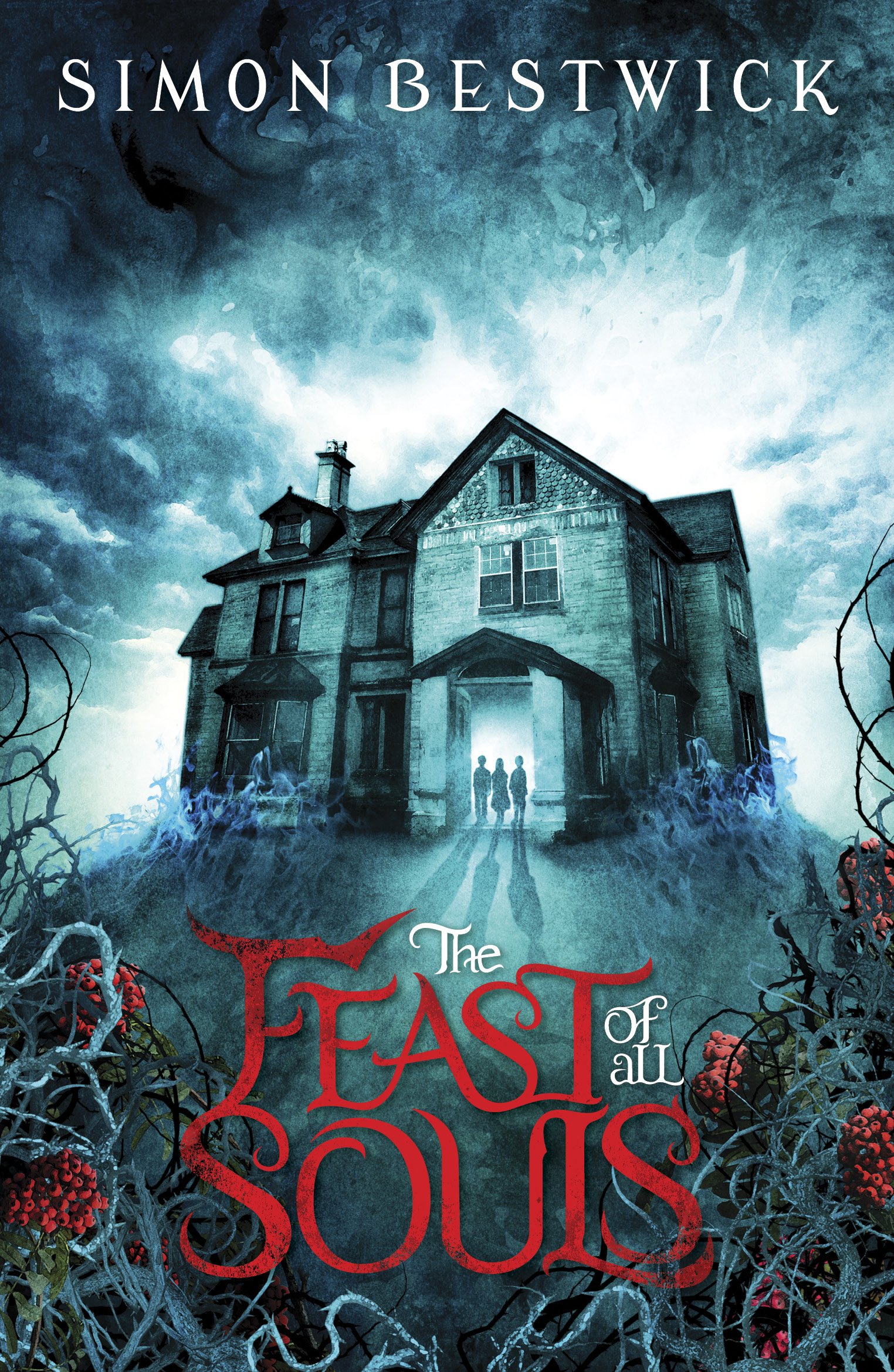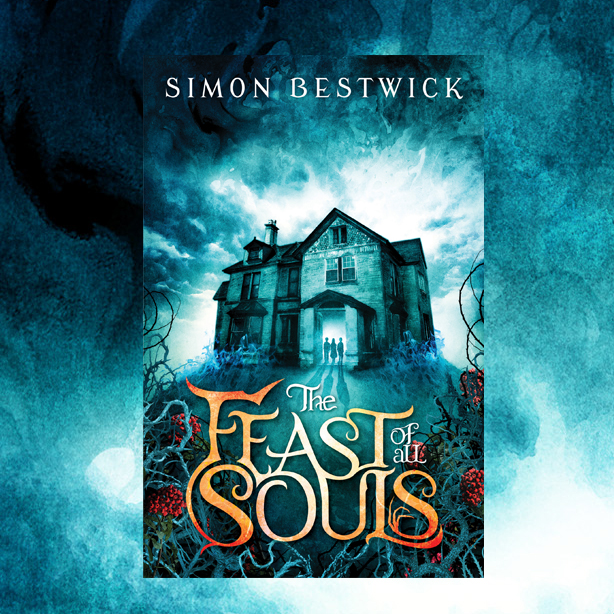
Last year, researching the character of ghost-hunter John Revell for my new novel, The Feast Of All Souls, I made contact with paranormal investigator Hayley Stevens.
After discussing her work’s motives and ethical challenges in the first part of this interview, I turn to the practicalities. What does real-life paranormal investigation involve?
The best tools, Stevens says, are everyday gadgets: digital cameras or camcorders to monitor locations, home security devices, such as beam barriers, to detect if anyone enters a room. “I even have some that are toys for kids, marketed as ‘spy gear’ which is quite funny!”
Another technique is ‘locking off’ rooms – making them inaccessible, to see if anything happens when they’re empty. “The main problem is that if anything happens there’s nobody to witness it, so you have to rely on the camera. Anything caught on camera is open to interpretation.”
Most ‘hauntings’ prove to be natural phenomena, or psychological in nature, but a few are deliberate fraud. “If I suspected someone was trying to trick the experiencee, I’d booby trap the house – which is as fun as it sounds!”
How? Stevens offers a few options. “Hide in a dark house and see if anyone rocks up and tries anything. Place clear tape at the top or bottom of a door which would indicate if someone has entered through that door. Tie ‘invisible thread’ or black cotton in a room to see if someone walks into it and breaks it. This is especially useful if someone is convinced they are seeing people when they’re asleep – if the cotton’s intact when they wake up you know they were experiencing something psychological.”
The least dramatic methods are most effective. Experiencees must keep a diary, recording the time and date of experiences, weather conditions, what they were doing, what happened, who they were with and how they felt.
Best of all, says Stevens, “just sit in the house and listen. You hear the noises caused by the house settling, the neighbours, the wind outside – you get a really good feel for what is and isn’t normal in that place.”
John Revell is, like Stevens, a convinced skeptic, but in Feast he encounters the genuine paranormal article. I ask Hayley what would convince her she was dealing with a real ‘life’ ghost.
“I’m a pain in the ass,” she answers, “and say ‘what’s a ghost?’ There’s no definition set in stone. One ghost hunter will count orbs or EVP as evidence, another won’t. All of these things have rational causes too.”
There have been, however, a handful of experiences Stevens can’t explain.
“When you have this sort of experience it feels like time speeds up and slows down at the same time, and because you get a hit of adrenaline it’s really difficult to stay level-headed. I’ve seen two ‘apparitions’, which are, for me, the most distinct thing you can experience – especially if others see the same thing. It’s more difficult to accept that a group of you had a hallucination, though it isn’t impossible.”
The first experience “I have very vague memories of because it was over SO quickly. It was in the cellar of a pub, and three of us saw what we described as ‘a grey, whispy, not-complete body’ at the other end of the cellar moving around. It was awful – we ran away.
“The most convincing ‘apparition’ would be a solid mass of light that I and six others watched move across a room in front of us. There were no windows or external light sources and it seemed to come through a wall, move across the room between us (we were sat/stood around the edges) and then vanished half way across.
“I watched it through the view finder of a camcorder on a tripod, set to record, using the camera’s night vision because the room was so dark. When we played the footage back immediately afterwards – convinced we’d caught a ghost on camera – it wasn’t there. I swear, this one bugs me because I just don’t know what we saw.”
Finally: “I’ve also been in a room with other people just talking while on an investigation and had what sounded like someone whistling at us from different parts of the room. Almost as though an invisible person was walking around the room and whistling while we were talking, knowing it would stop us and confuse us. Totally the sort of thing I’d do if I died and became a ghost!”
The Feast of All Souls is out now!
Buy: Amazon UK|Amazon US|iBooks|Google Play|Kobo|Rebellion Store
